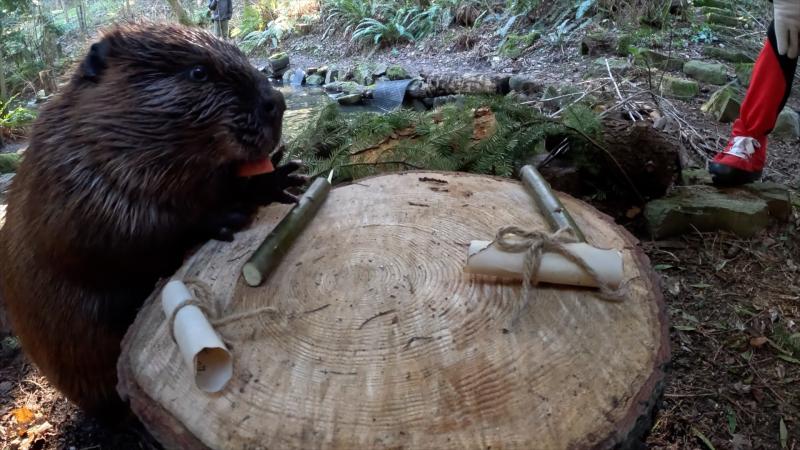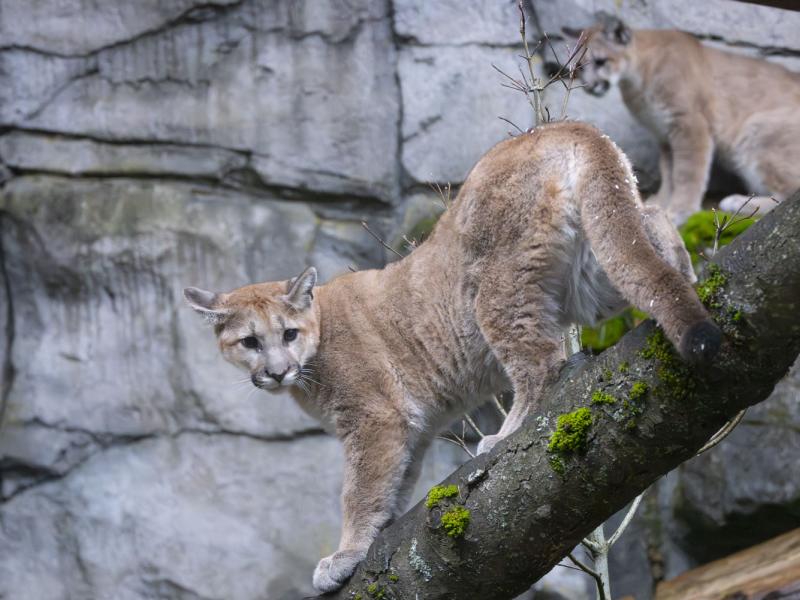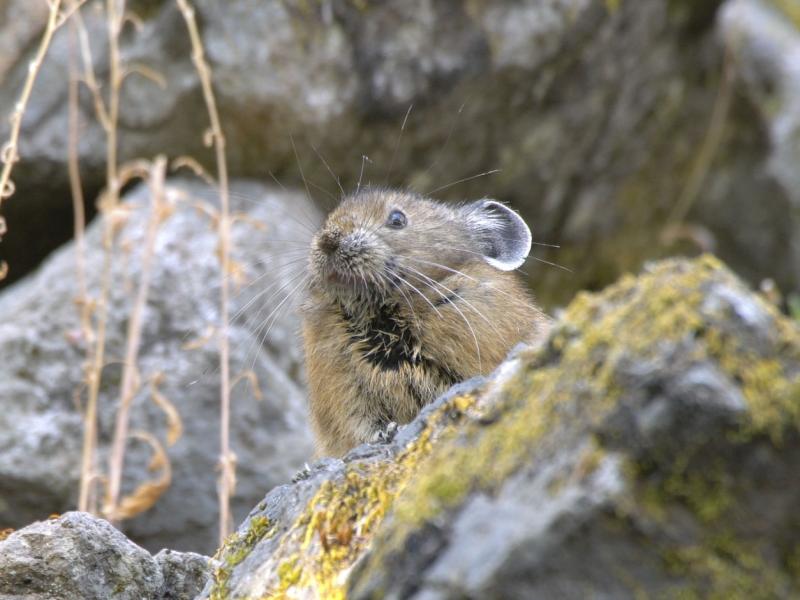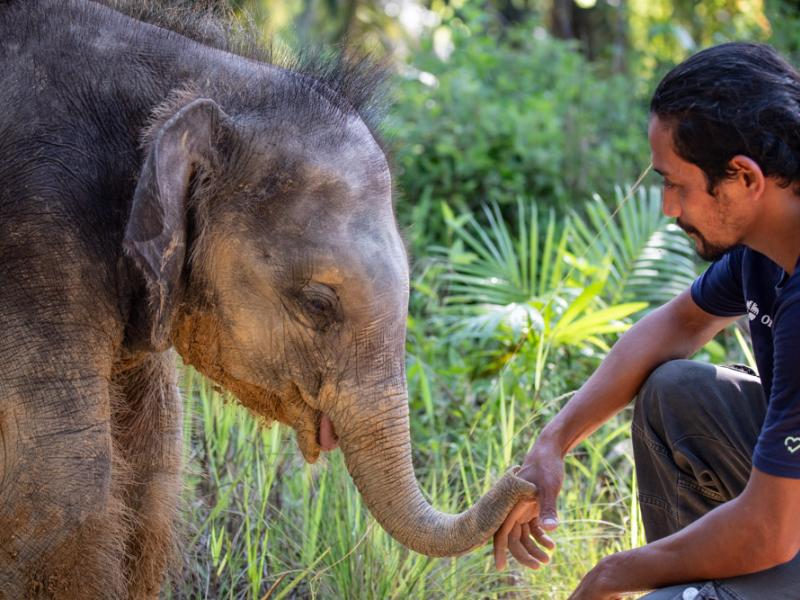'Stumptown Fil' predicts more winter with some help from his furiends

Filbert the beaver has made his furcast, with an assist from the Portland Trail Blazers
Keep those jackets on, Portlanders. Filbert the beaver — aka Stumptown Fil — has made his weather prediction at the Oregon Zoo: another six weeks of winter.
Feb. 2 is widely known as Groundhog Day, but when it comes to furry forecasters, Filbert’s care staff (and social media fans) prefer their local beaver.
“We love groundhogs, but they aren’t native to the Pacific Northwest, and they don’t create wetlands,” said Christina Parr, a keeper in the zoo’s North America section. “Here in Oregon, we’re beaver believers.”
Filbert made his forecasting debut in 2020, and Parr says his predictions are about as accurate as you can hope for from beaver with no professional meteorology training.
“Last year, Filbert predicted an early spring, and we didn’t get any snow the rest of the season,” Parr said. “He may not be a professional, but he’s right about half the time!”
Although his furcast was frosty, Filbert is keeping warm with the help of some friends this year. Blaze the Trail Cat and Douglas Fur, mascots for the Portland Trail Blazers, visited the zoo to cheer Filbert on in his role as resident weather beaver. The Blazers are running a special promotion on their website today in his honor.
Predicting the weather isn’t Filbert’s only talent. He also does a great job connecting people with one of Oregon’s most iconic and misunderstood animals, according to Parr.
He and his lodge-mate Maple have thousands of fans on the zoo’s social media channels, where their industrious wood-gathering activities have earned them the title “branch managers.” The pair recently starred in the “Beaver Branch Challenge,” a web series in which wildlife experts challenge them to chew down huge branches.
Filbert is also an experienced research assistant: In 2015, he helped Oregon State University with its Beaver Genome Project.
Though Oregon is known for its beaver population, that hasn’t always been the case. In the 19th century, American beavers were hunted and trapped for their fur; by about 1900, they were almost gone from much of their original range. Pollution and habitat loss also affected their survival. In the past 100 years, beavers have made a strong comeback. They are now listed as a species of least concern by the International Union for Conservation of Nature.
More News

Rescued cougar cubs are venturing out
A pair of orphaned cougar cubs, rescued and brought to the zoo by Washington Department of Fish and Wildlife staff in November, have begun exploring their outdoor habitat.April 17, 2025

Zoo seeks pika watchers for summer season
The Oregon Zoo is recruiting volunteers for Cascades Pika Watch.April 15, 2025

Zoo convenes action for imperiled elephants
Sabah government representatives joined conservation NGOs, local communities, palm oil producers, and tourism operators this week in the fight to save the world’s smallest elephants from extinction.April 11, 2025

